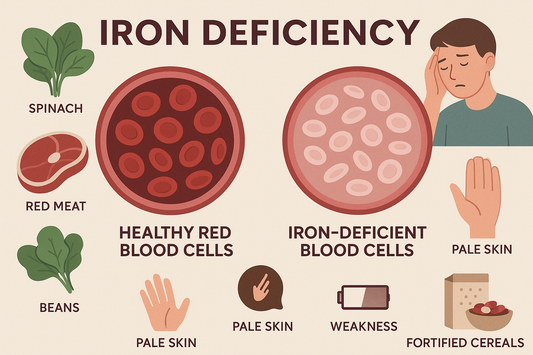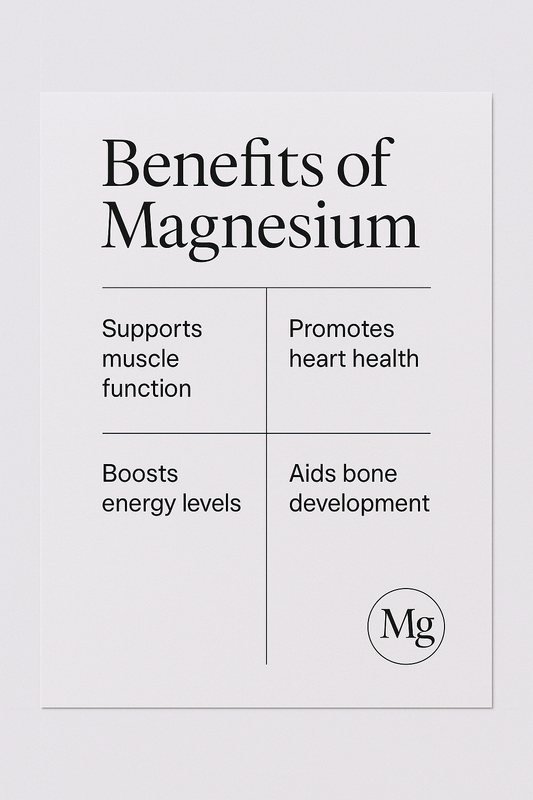
Among the first tools developed to practice resistance training was the barbell, a long metal shaft with some type of weight on each side. The earliest barbells used spheres or globes for the load, which could be adjusted for load and balance by adding in sand. In the 1970s the exercise machine was introduced in the form of the Nautilus design. The idea behind it was to make use of the principle of variable resistance, which claimed to take advantage of the fact that different parts of the range of motion of each limb were stronger than others. A machine was designed for each body part, and a cam was integrated into the chain attached to the weight stack that varied the resistance against the joint during the movement. The movement was a huge financial success for Nautilus, with virtually every gym worth its salt having one. It offered the public something it did not have previously, a way to exercise without having to learn how to use a barbell. The problem, of course, is that the machine design did not work as it was marketed. The reason that isolated body part training on machines doesn’t work is the same reason that barbells work so well. The human body functions as a complete system – it works that way, and it likes to be trained that way. Being separated into its constituent parts and having those parts trained separately does not constitute an efficient training stimulus. When strength is obtained in ways that do not correspond to the patterns in which it is intended to actually be used, the resulting product is less than ideal. Correctly performed, complete range of motion barbell exercises are principally the functional expression of human skeletal and muscular anatomy under a load, and as such should be used as opposed to machinery.
Bibliography
- Rippetoe, Mark. Mean ol' Mr. Gravity: conversations on strength training. Wichita Falls, [Tex.: Aasgaard Co., 2009.
- Rippetoe, Mark. Strong enough? : Thoughts from thirty years of barbell training. Wichita Falls, TX: Aasgaard Co., 2007.












